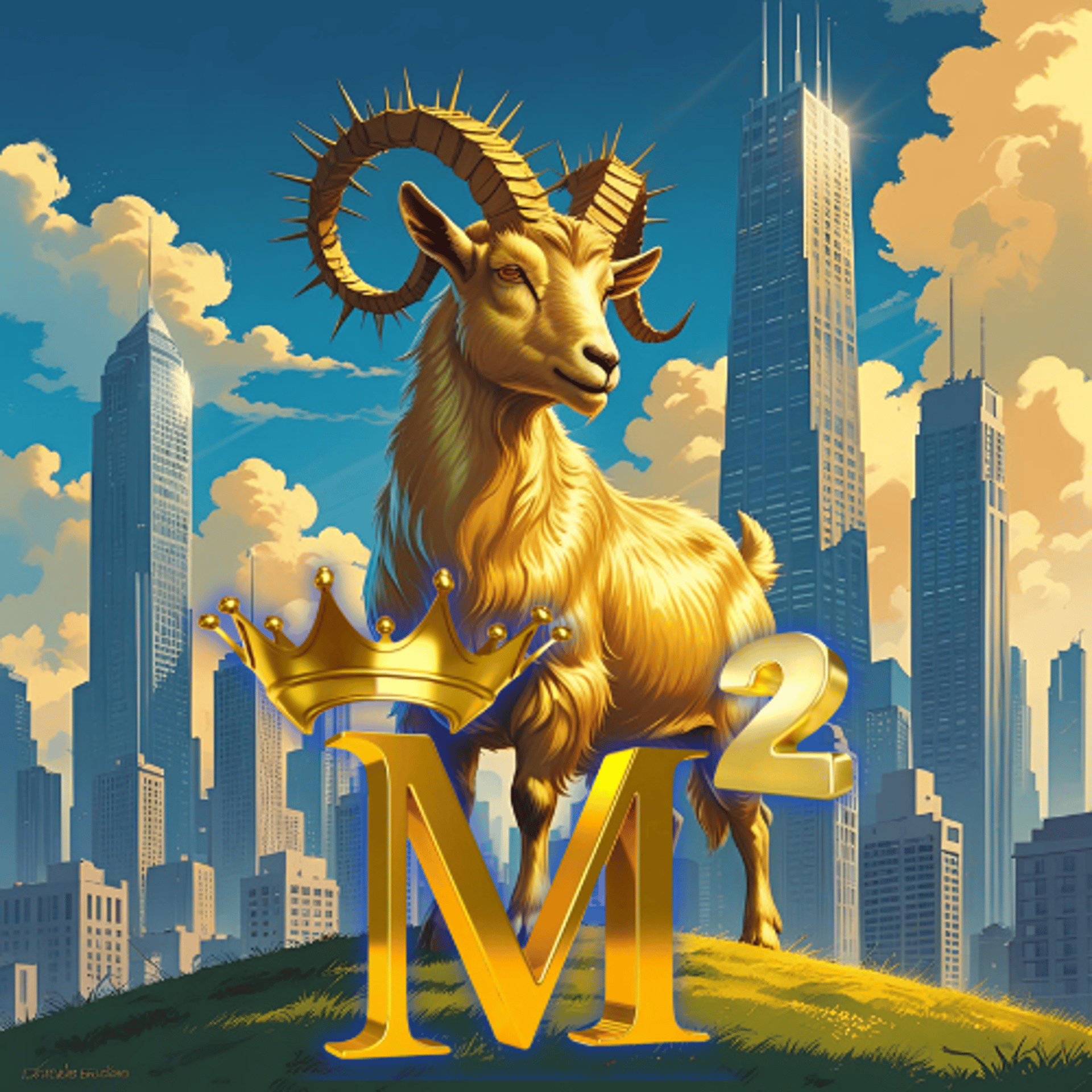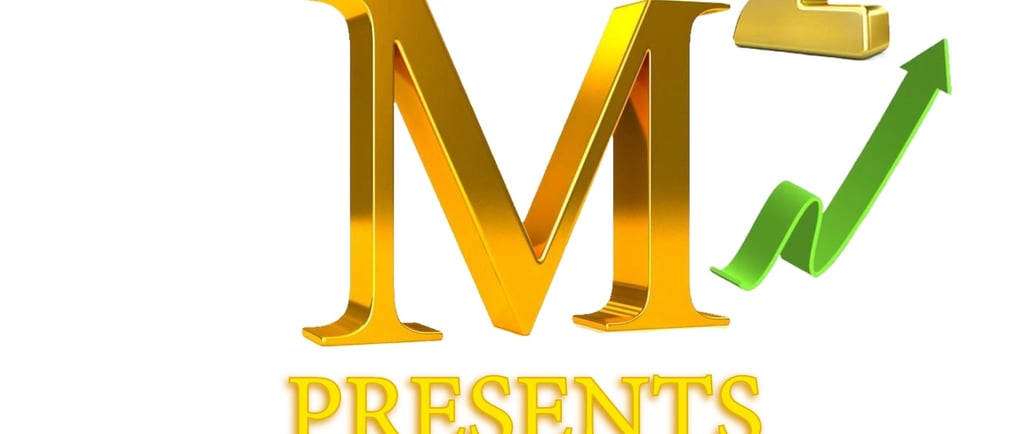
TikTok Guidelines
Explore our comprehensive list of violations against TikTok's community guidelines for safer content sharing.
Understanding TikTok Community Guidelines Violations


Guidelines for Responsible Use
As of today, here is a list of things generally not allowed or restricted to say on TikTok, based on their community guidelines:
1. Hate Speech and Discrimination: Any content promoting hate or discrimination against individuals or groups based on race, ethnicity, religion, gender, sexual orientation, or other protected characteristics.
2. Harassment and Bullying: Threatening, targeting, or bullying individuals or groups.
3. Violence and Threats: Threatening violence or promoting harm toward oneself or others.
4. Adult Content and Sexual Exploitation: Explicit sexual content, nudity, or sexually suggestive language.
5. Child Exploitation and Abuse: Content that promotes or depicts harm to minors.
6. Misinformation and Fake News: Spreading false information that can cause harm or panic (e.g., false health claims, misinformation about elections).
7. Illegal Activities: Promoting or instructing illegal activities such as drug use, hacking, or theft.
8. Self-Harm and Suicide Content: Content that promotes or glorifies self-harm, suicide, or eating disorders.
9. Spam and Scams: Content that is spammy, promotes scams, or phishing schemes.
10. Promotion of Dangerous Challenges: Participating in or promoting dangerous or harmful challenges.
11. Impersonation and Misleading Content: Pretending to be someone else or spreading false identities.
12. Inappropriate Language: Excessive profanity or offensive language.
13. Unauthorized Use of Music or Content: Using copyrighted music or content without permission.
14. Promotion of Tobacco, Drugs, or Alcohol: Content promoting or depicting the use of these substances in a way that violates guidelines.
Please note that TikTok’s policies are updated periodically, so for the most accurate and detailed information, always refer directly to their official community guidelines.
Hate speech and discriminatory language
Harassing or bullying language
Sexual content or explicit language
Violent or graphic language
Drugs and drug-related terminology
Self-harm or suicide-related language
Misinformation or false claims
Profanity and obscene language (varies by context and severity)
Write your text here...



